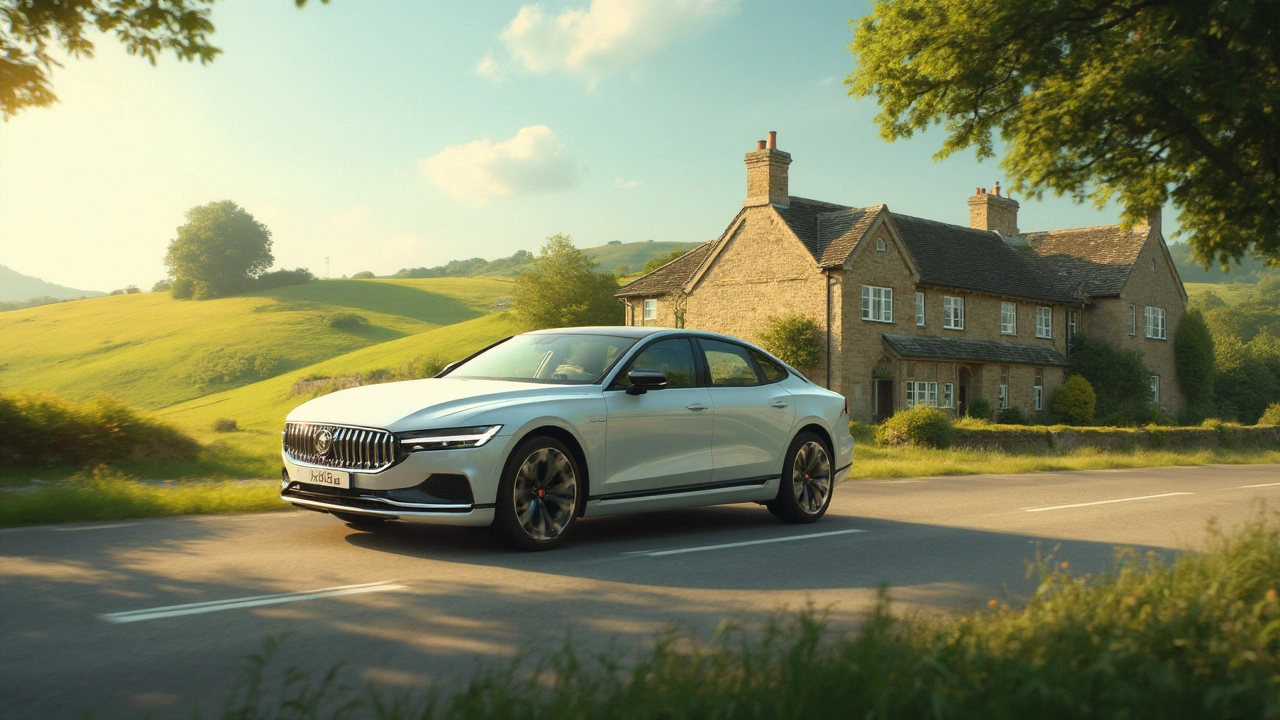Automatic Cars: What They Offer and How to Choose One
If you’re tired of juggling a clutch and gear stick, an automatic car might be just what you need. Modern automatics have become smoother, more efficient, and cheaper to run than many think. This guide breaks down the main advantages and gives you a clear plan for picking the right automatic for your lifestyle.
Why Choose an Automatic?
First off, comfort is a big win. In city traffic, you won’t be stopping every few seconds to shift gears. That means less fatigue on long commutes and a more relaxed ride. Second, safety improves because you can keep both hands on the wheel and eyes on the road. Many newer models also come with advanced driver‑assist features that work best when the car handles shifting.
Fuel economy used to be a downside, but today’s automatic transmissions – especially those with dual‑clutch or continuously variable designs – often match or beat manual versions. They adjust gear ratios in milliseconds, keeping the engine in its most efficient range.
Finally, resale value is steady. As more drivers look for hassle‑free options, the demand for quality automatics stays high, making it easier to sell later.
How to Pick the Best Automatic Car
Start by deciding what you need the car for. If you mainly drive in stop‑and‑go city streets, look for a model with a smooth, torque‑converter transmission and good low‑speed response. For highway cruising, a dual‑clutch or 8‑plus speed automatic will keep the engine revs low and save fuel.
Check the transmission type. Traditional automatics are reliable and easy to maintain. Continuously variable transmissions (CVT) deliver seamless acceleration but can feel less responsive under hard acceleration. Dual‑clutch systems offer rapid shifts and sporty feel, though they may cost a bit more to service.
Don’t forget to test drive. Pay attention to how the car shifts at low speeds, during overtaking, and on hills. A good automatic should shift softly without jerks, and you shouldn’t feel a lag when you press the accelerator.
Look at the warranty and service plan. Some manufacturers include transmission coverage for up to five years, which can save you money down the line. Also, read reviews from owners who have kept the car for several years – they’ll tell you if any transmission issues pop up over time.
Finally, compare total ownership costs. Factor in insurance, fuel, and expected maintenance. An automatic might cost a little more up front, but the ease of use and potential fuel savings often balance it out.
Choosing an automatic car doesn’t have to be overwhelming. Focus on comfort, safety, and the type of driving you do most. Test a few models, check the warranty, and you’ll find a vehicle that fits your daily routine and long‑term goals.
- March 11 2025
- 0 Comments
- Rowan Cavendish
Are Automatic Cars Better for Nervous Drivers?
Automatic cars often bring comfort and ease to nervous drivers, offering a simpler driving experience without the hassle of manual gear shifts. This article explores why automatic vehicles may be a better choice for anxious individuals, covering everything from smooth handling to focus on the road. Alongside interesting facts and tips, nervous drivers can gain practical knowledge about how automatic cars can help them become more confident on the road. The piece also dives into tips on making the transition smoother and provides a clear understanding of the benefits over manual cars. Emphasizing practical benefits, this article is a go-to for anyone considering making the switch.
- Driving Lessons (41)
- HGV Training (31)
- Driving Test Tips (31)
- Driving Test Booking (26)
- Driving Licence Renewal (23)
- Driving Theory Test (21)
- Pass Plus Course (15)
- Driving Tips (15)
- Intensive Driving Course (15)
- Driver Licensing (14)
Categories
- December 2025 (12)
- November 2025 (13)
- October 2025 (21)
- September 2025 (5)
- August 2025 (8)
- July 2025 (30)
- June 2025 (30)
- May 2025 (30)
- April 2025 (31)
- March 2025 (30)
- February 2025 (28)
- January 2025 (34)
Archives
- driving lessons
- driving test
- driving tips
- intensive driving course
- driving test tips
- HGV training
- learn to drive
- driving theory test
- driver training
- driving test booking
- pass driving test
- HGV driving
- road safety
- driving license renewal
- Virginia driving test
- learner drivers
- safe driving
- Virginia driver's license
- driving license
- learning to drive

